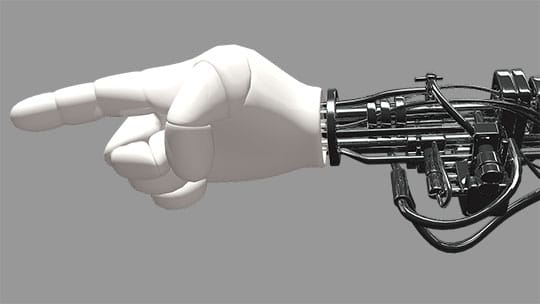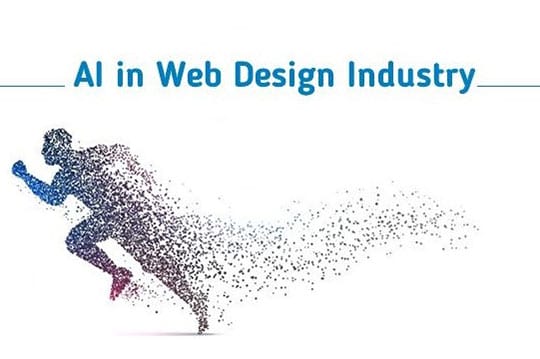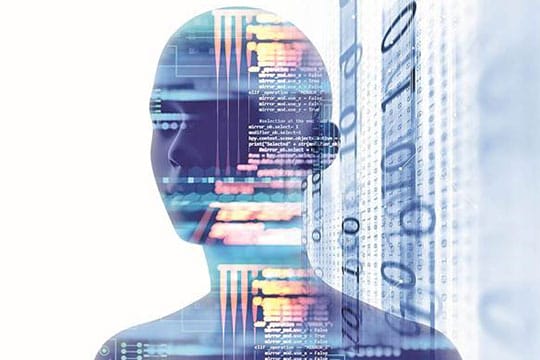Artificial intelligence (AI) has moved on to be more than just a buzzword, as many companies are now exploring the possibilities of its wide-ranging implications in various industries. AI has made a lot of changes in the technological world, and its impacts are widespread and universal.
In recent years, AI has gathered much media attention and prompted many debates, particularly about what modifications it can bring to the workplace. The wide-ranging effects of artificial intelligence are an indication that the technology is going to supersede human capabilities and efficiencies in various fields. From enhancing the security system to automating vehicles and home systems, it is continuously impacting our way of life.

There are many aspects of AI that are still unknown; where it is exciting to see how it evolves, it is equally terrifying knowing that AI can change the way we work. It has made some successful leaps in the medical, engineering, entertainment, sports, and many other industries, among which design is no exception.
One of the major impacts of AI, according to many researchers, is the computerization and increased automation of jobs. Why hire a security guard when you have to automate a security system to safeguard your house? Or why employ a receptionist when there are automated devices that can do the job?
The Future of Design with AI

So, what will be the future of designers? As far as automation is concerned, AI is not going to be taking any design jobs soon. However, it can be found in the workplace enhances the job of the designer.
Most of the design jobs today are defined by creativity and social intellect. A designer needs to be empathetic, creative at problem-solving, persuasive, and excellent at negotiation. AI in design is just going to impact the work tasks of the designers. With that, we mean that AI can help designers develop their skills and creative thinking by automating the repetitive tasks.
When talking about design, it is much more complex than just colors and shapes; it requires creative thinking and an expert design skill set to be able to evoke empathetic emotions in people. With that said, machine learning can impact the lives of designers, but not in the sense of replacing them, but making the designing process easier for creative individuals.
A designer needs to carry out a large number of tasks that can be automated with the help of AI. Because of this, it can be said that the future of design and AI is more like a partnership between a man and a machine, through which the machines will lend their intelligence and tools to the designers, allowing them to design creatively. It can be said that machine learning is going to be the Atom of the design industry, rather than being Zeus, the undefeated.
Machine learning and artificial intelligence are making designing methods better and advanced for designers. The probability of robots taking over the design industry is pretty low.
How is AI Improving the Design?

In a layman’s perception, AI has not reached the level of human skills and creativity needed in designing. However, it has in many ways transformed design, making it easier for the designers.
Automation and Auto-generation of Code
AI-based development tools can help designers by automating a wide range of repetitive tasks while helping them to increase the efficiency of their work. For example, you must remember Adobe Sensei, created by Adobe. One of its functions is to identify a wide range of patterns in an image, assisting it in patching, editing, and performing other related tasks.
There are many more tools other than Adobe Sensei that can generate code from scratch and improve the turnaround time without the help of a designer. Website building tools are perfect examples of such tools that can create amazing websites with the help of a virtual AI designer without any human involvement.
Everyone Can Be a Designer
A good design is considered something that has visually appealing qualities, be it a website or a logo design. However, with the increased use of online logo creator tools for making their own logos, a designer is not the only creative mind needing the skills to make the design. To establish a competitive edge in the industry, designers need exceptional knowledge and expertise to be able to withstand the changing trends of the industry.
Tools such as Autodesk Dreamcatcher use algorithmic methods, providing the designers with an additional abstract edge for creation. With the correct directions, goals, and issues to solve, these tools can provide the designers with thousands of designs to choose the best and remix them until they have what is called a great design.
AI-powered tools are already learning to draw and create, developing mockups, and inspiring designs, analyzing patterns and other intricacies that are absolutely necessary to design a perfect design.
Creating Generative Visual Styles
If you are aware of apps like Artisto or Prisma, you might be aware of the image recognition tech used to apply intelligent filters in images. You can find many apps, such as the one mentioned above, that are powered by AI, creating generative and dynamic visual styles.
Another great example of AI-powered tools is AutoDraw by Google, which automatically completes the sketches, turning them into a well-sketched design in a matter of a few seconds. Technologies such as these make designing more accessible for people without a design background. It can help designers and non-designers with high-quality design without putting in a lot of effort.
Conclusion

The bottom line is that designers will train the AI tools to crack their design glitches by making models to their liking. As the AI-driven tools enable the designers to rapidly and effortlessly develop lots of variations of design, designers will be able to increase their efficiency while exploring alternate directions, producing exceptional work.
AI is here to broaden the appreciation of design, increasing the demand for exceptional design and creativity. As far as the impact of AI in design is concerned, it is only going to enhance the productivity of a designer, enabling them to think out of the box and create mesmerizing designs.





